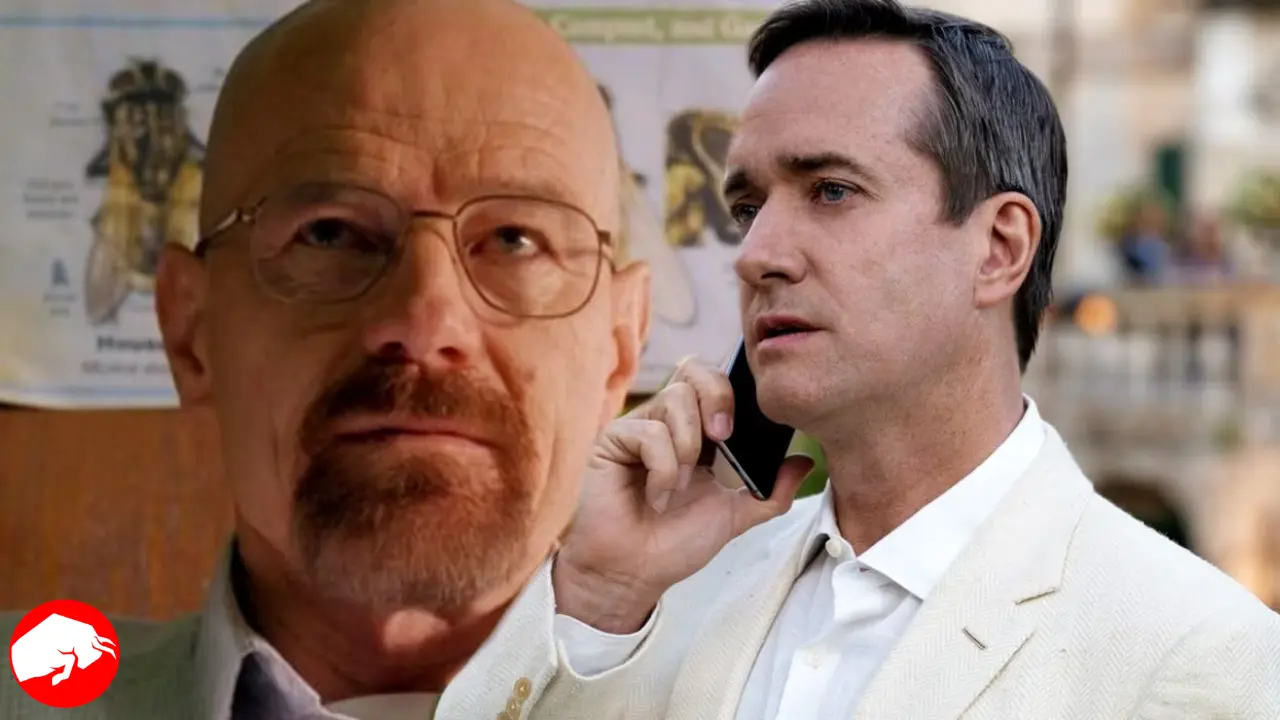When you settle into your couch and dive into an episode of your favorite TV show, certain lines or moments stand out, etching themselves into your memory. Often, our immediate inclination is to credit these memorable pieces to the genius of the showrunner or the compelling performances of the lead actors. Yet, what many may overlook is that behind the polished episodes lies a pulsating heart of creative brainstorming – the writers’ room.
This space, often brimming with animated discussions, innovative ideas, and passionate debates, crafts the soul and essence of the show. Recently, as discussions about the dynamics and significance of the writers’ room have come to the forefront, those in the know within the TV industry are taking a moment to shine a light on these unsung heroes. They emphasize the transformative and often underappreciated impact that these collaborative spaces have in shaping television’s most iconic moments.
Writers’ Room Influence on Cult Classics
Breaking Bad, with its groundbreaking storytelling, serves as a potent example. Rachel Palmer, a seasoned TV writer, disclosed that a key plot point – Walt’s choice to watch Jane die instead of actively causing her death – was a collective decision made within the confines of the writers’ room, deviating from Vince Gilligan’s initial idea.
did you know Vince Gilligan wanted Walter White to kill Jane, not just watch her die? His WRITERS ROOM convinced him that was too far too fast. This is why even the most brilliant TV writers need rooms. You get art that is irrefutably better. https://t.co/Ts77MtZuGd
— Rachel Palmer (@palmerrachelc) August 17, 2023
Similarly, the infectious ‘Hollywoo’ joke from BoJack Horseman, wasn’t a stroke of genius from creator Raphael Bob-Waksberg alone, but a product of the writers’ room. From Mad Men to Barry, the influence of these rooms reverberates through storylines, character developments, and unexpected twists. Sierra Ornelas and culture writer Emma Fraser elucidated how the writers’ rooms of Mad Men and Barry brought pivotal character decisions to life, influencing the series’ direction.
Without a writers room, BoJack never would have stolen the D from the Hollywood sign. https://t.co/jnlbi8jf3E
— Raphael Bob-Waksberg (@RaphaelBW) August 18, 2023
More than Just a Number
Amidst current negotiations between the Writers Guild of America (WGA) and the AMPTP, there’s a pressing call for minimum staffing requirements. But why is the number of writers in a room so significant? Jeff Topolski, from Brooklyn Nine-Nine, elaborates that it’s not merely about quantity but also about division of labor and ensuring diverse inputs.
Now you have 4 in one room and 3 in the other. That could work, but isn’t ideal. And that’s STARTING with 12. Imagine starting with less! Writers rooms aren’t 12 people sitting around one big table all the time. The work is often divided which is why room size is so important…
— Jeff Topolski (@JeffTopolski) August 16, 2023
Writers often juggle various tasks, from plotting story arcs to refining dialogues. As showrunners oscillate between production phases, the room’s synergy ensures the show’s quality remains unhampered.
The Legacy of Collaborative Creativity
Revisiting TV’s golden era from the late ’90s to the early 2000s, shows like Buffy the Vampire Slayer and The X-Files had a distinctive strategy. They onboarded writers with particular flair, from humor to romance. This approach not only enriched the show’s versatility but also incubated talents who would later shine in their own right. For instance, horror aficionado James Wong and Breaking Bad’s Vince Gilligan both cut their teeth on The X-Files. The Buffy writing team boasted of luminaries like Marti Noxon and Jane Espenson, who have since crafted their own memorable TV moments.
Mike White, the brain behind White Lotus, honed his skills amidst the creative camaraderie of the Dawson’s Creek writers’ room. As television stands at a crucial juncture, teetering between episodic storytelling and serialized movies, the need for diverse and vibrant writers’ rooms is palpable. It’s this eclectic synergy that has brought us gems like Breaking Bad, demonstrating that the best TV moments are a product of collective brilliance, not solitary genius.
As TV continues to evolve in the age of streaming and binge-watching, the industry must recognize and uphold the sanctity of the writers’ room. It’s not just a space; it’s a crucible of creativity, churning out stories that resonate, characters that captivate, and moments that stay with us long after the credits roll.









